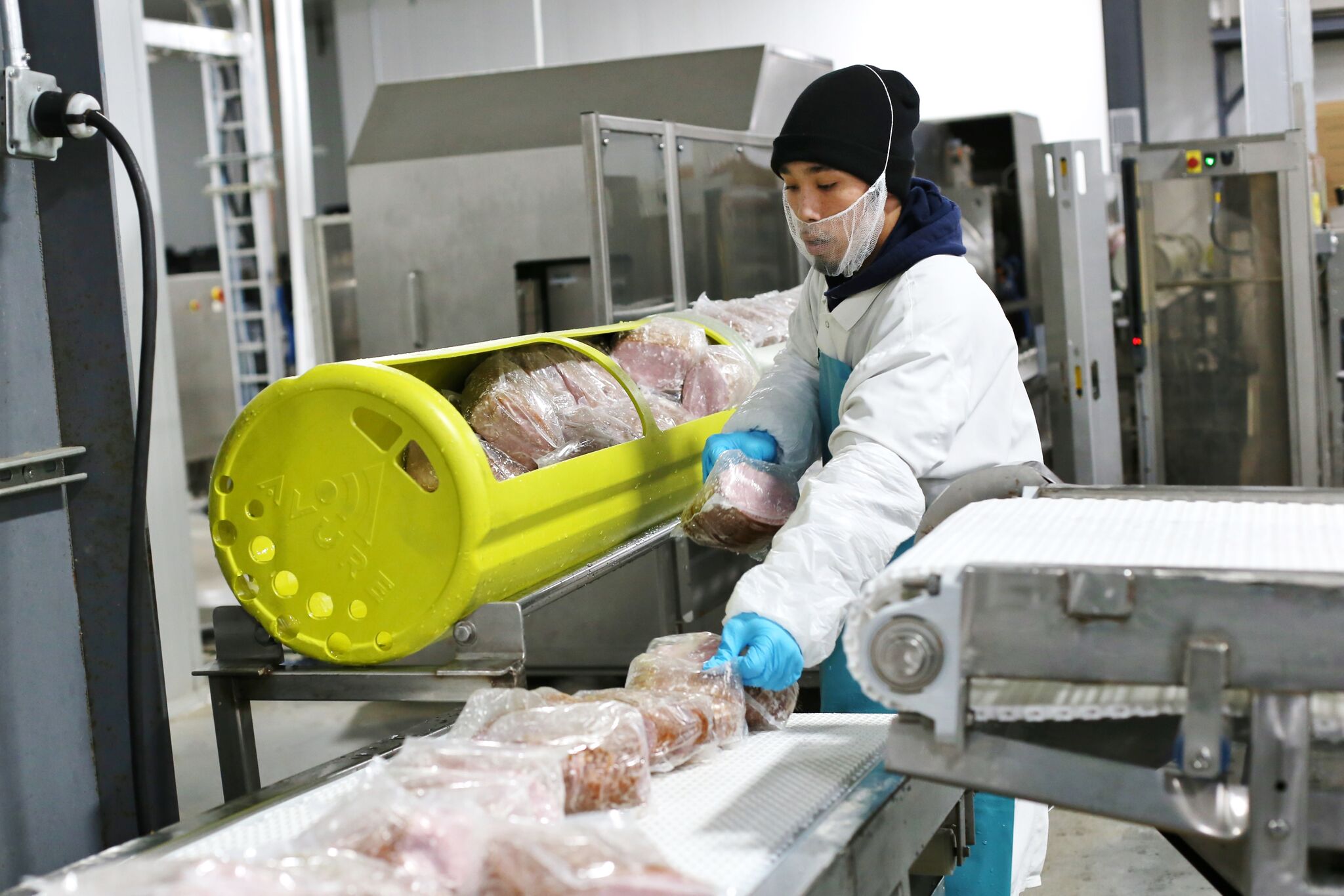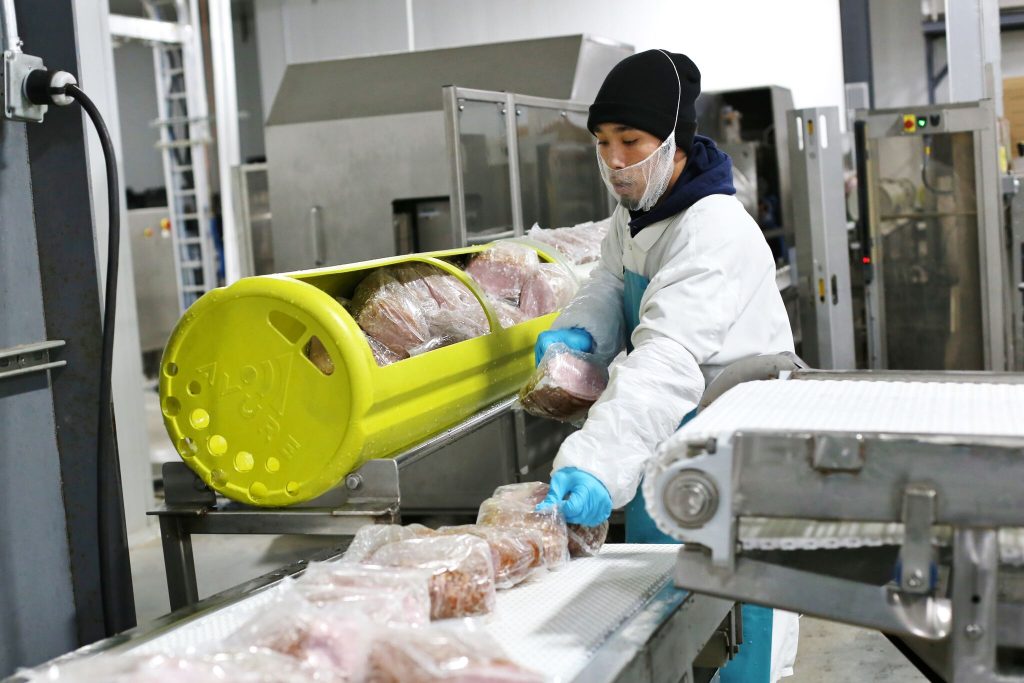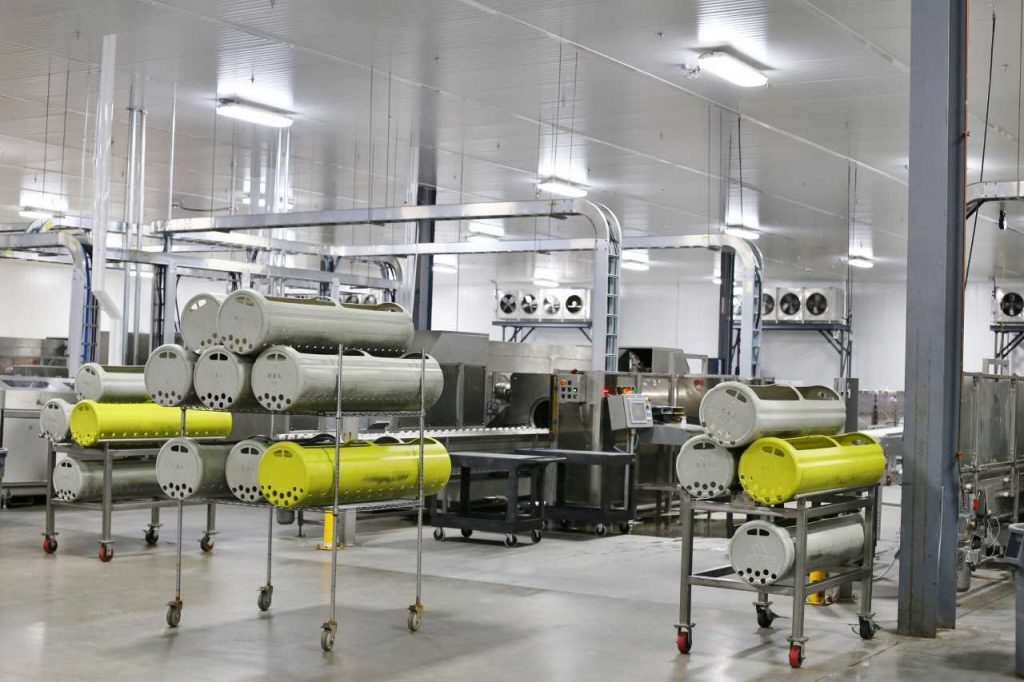The food industry is adapting in completely new ways as a result of the coronavirus pandemic. Retailers are scrambling to keep certain items on store shelves and manufacturers are adjusting their production strategies based on realistic and ever-shifting needs. In a recent discussion with Food Safety Tech, Angela Fernandez, VP of community engagement at GS1 US and FST editorial advisory board member, talks about how companies can improve relationships with trading partners in the face of COVID-19.
Food Safety Tech: What issues do you see happening in the supply chain right now?
Angela Fernandez: Our food supply chain is experiencing overwhelming demand. As an organization that collaborates with both the retail grocery and foodservice sectors to solve supply chain challenges, we’re working with industry on how we can make our supply chain more efficient in the short term, and make it more resilient in the long term.
Consumers are frustrated by empty shelves and the demand created by the pandemic is changing the movement of products. Right now, products are not always accounted for in transit, there are production issues depending on category, and food produced for foodservice outlets like restaurants, schools, and hotels can’t always be easily diverted to a supermarket. The U.S. Food and Drug Administration is lifting restrictions on the sale of food so that it is possible for items that may have been produced for foodservice “sale” to be sold in a supermarket.
FST: In what particular areas are you seeing inventory shortages that are impacting retailers and suppliers?
Fernandez: We’re seeing a couple of different dynamics. For suppliers that produce products for both retail and foodservice channels, we see a shift in reducing production on foodservice items and an increasing manufacturing on their retail product lines. We’re also seeing foodservice suppliers that have not serviced the retail channel previously are now looking to establish new relationships with retailers and recession-proof their businesses. This is not happening as fast as consumer demand for perimeter products like dairy and produce, so we see shortages and products expiring before they can be sold to these new retail customers.
Additionally, food product variation and customization is decreasing. If you think about your own experience going to the grocery store today, or arranging for a delivery, you’re seeing fewer flavors of a product available and fewer brand names you’re familiar with. Suppliers are continuing to shift back to mainstream production of their core product lines just to keep store shelves stocked. I think that’s what we’re going to continue to see—the reduction of customized and specialty items.
For retailers, they have a prioritized the focus on ramping up their e-commerce strategy to relieve the pressure on their stores and service more consumers online. This poses a particular challenge when retailers have limited IT resources and a need to set up a new item supplied from a new foodservice manufacturer that is trying to divert their products to the retail channel to support the demand. And in some cases unfortunately, foodservice suppliers maybe unable to redirect some of their products due to the fact they are not marked for individual sale with the traditional U.P.C. and other retailer requirements.
FST: Is there a better way that food companies, retailers and suppliers can work together during this pandemic?
Fernandez: Food companies can improve the way they work together if they focus on supply chain visibility and data quality. Visibility is key as suppliers are ramping up production on those mainstream products and trying to get them to the proper locations when retailers need them. That’s where I would look at GS1 Standards such as the Global Trade Item Number (GTIN) for product identification and the advance ship notice (ASN) transaction, which lets a partner know when something is ready and being shipped. Global data standards enable the visibility to what delivery a retailer can expect and when, and being able to account for that inventory once it’s inside the DC [distribution center] location so that they can update an online platform. This can help ensure that a retailer has accurate information for the consumer and ability minimize the substitutions that can occur.
The second piece is the data quality aspect—making sure we have the right information around those core items that we are trying to keep stocked on the shelves for consumers who are purchasing those items today. The retail grocery and foodservice industries have been working on making product data more complete and accurate for a number of years, but we’ve seen a heightened focus on it now, knowing that consumers are relying on digital information to be correct since they cannot see the product in person right now. Expanding the data set for the consumer is critical.
FST: What is GS1 US doing right now to help customers better navigate today’s environment?
Fernandez: GS1 US is helping trading partners work with the capabilities they have to implement greater supply chain visibility, improve data quality and ramp up e-commerce operations. Depending on what was already implemented by the manufacturer or retailer, we’re looking at how we can leverage existing capabilities to help partners work together more efficiently to meet demand. How we can help connect the physical product and the digital data, knowing how important that is online right now, not only for trading partners but also for consumers?
One example of how GS1 Standards can be extended is if a retailer is looking to shorten their supply chain and purchase from a local farm. Standards provide a blueprint for supply chain partners to work together in a consistent way. We want to help these companies leverage and extend the standards instead of proprietary systems and abandoning useful processes for item setup, data exchange and point of sale checkout. Those are the types of discussions that we’re having—how GS1 US members can extend the standards that lead to operational efficiency and more easily bring in new partners to help fulfill demand.























